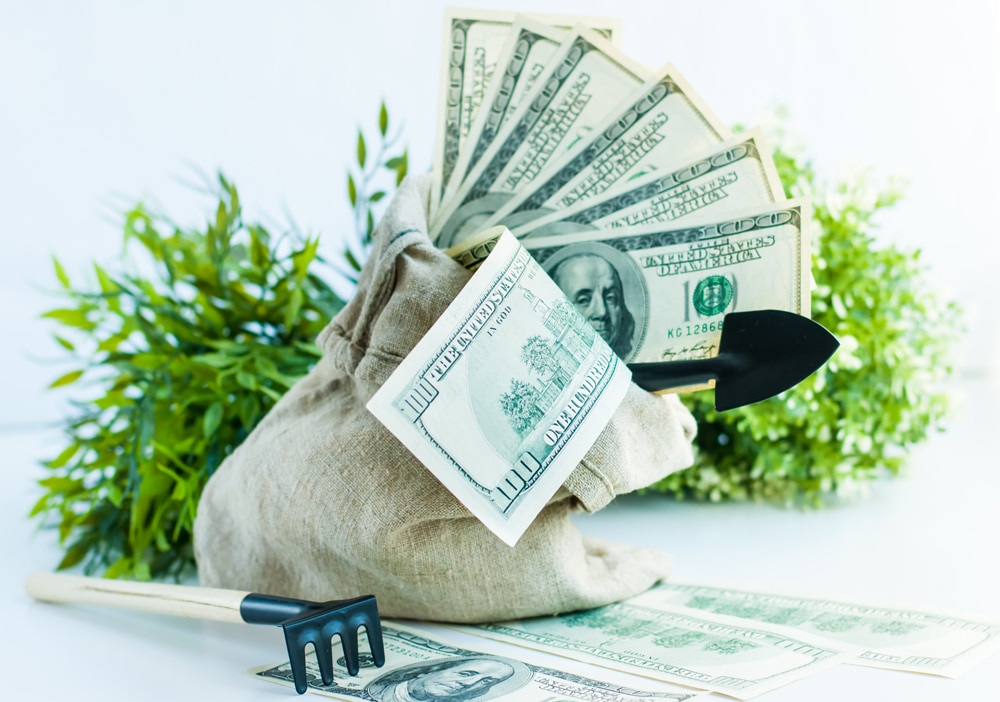The Ever-Changing Landscape of the Garden Industry

The horticulture container industry has seen exponential growth in the grower and retail segments – driven by the insatiable demand from consumers to beautify their outdoor spaces during the recent global pandemic. While the need for plant containers was encouraging for the garden industry over the last few years, many wonder if its longevity will extend into the spring of 2023.
Homeowners perceived their ability to customize and beautify their outdoor spaces as a true lifeline during the pandemic’s quarantine restrictions – aiding in countless individuals’ mental health and well-being during a time when uncertainty loomed all around the globe.
Gardening trends continued to flourish well into the spring of 2022. A Sullivans Home Décor Consumer Behavior Survey revealed that 82% of participants were planning on further enhancing their outdoor spaces, while 59% had increased the usage of their outdoor spaces dramatically over the last two years.
But according to new data released by the University of Georgia (UGA), the demand for plant containers, and other products associated with the garden industry, will probably decrease in popularity for calendar year 2023.
Benjamin Campbell, the study’s lead author, and an Associate Professor at the College of Agricultural and Environmental Sciences, says, “You had low interest rates, so you had a lot of people refinancing, which gave them money to invest in their homes. You had people at home looking for something to do, whether by themselves or with their kids. That led to a huge demand for plants.”
Of the more than 4,200 participants in the UGA study, one out of every three people said they started gardening in 2020 for no other reason than needing something to do while spending more time at home. In addition, the study revealed that just under half of the respondents stated they had no plans to garden in the future, regardless of their interest in the garden industry back in 2020. However, one out of ten respondents said they were interested in gardening in the future – 24% identifying as Gen Xers, Millennials, or younger.
Campbell said, “We saw a lot of younger consumers come into the market because of the pandemic and because they were having to stay home. Plants have been shown to help with a lot of different things related to people’s psyche. Gardening not only gave people something to do, but it also gave them a little bit more happiness.”
As the pandemic begins to subside and the benefits of government stimulus funds quickly fade from our memory, homeowners are now dealing with the economic impacts brought about by this unprecedented time in our history. According to a new Gallup poll, eight in ten adults think 2023 will be financially challenging, with 56% of U.S. households planning to save more money in 2023 (financial goals were the second most popular New Year’s Resolution at the start of this year).
With more and more household budgets being stretched to their limits due to rising costs for consumer goods, practicing financial responsibility will now be the driving factor in purchasing decisions, both large and small, especially when it relates to outdoor spaces.
Nikki Baird, a contributor to Forbes.com, says, “While inflation may improve in 2023, interest rates are likely to remain high and even increase again. For consumers who have moved from spending savings to increasing their debt to pay for things like holiday gifts, this will continue to hit hard – and eat into their disposable income. The personal savings rate hit 2.4% in November, according to the St. Louis Fed, which is the lowest it has been since July 2005. And consumers definitely increased debt to pay for holiday spending, according to a LendingTree survey – debt that is 24% higher than the amount consumers took on in 2021, and that consumers expect will take them longer to pay off in 2023 than it did in 2022.”
The horticulture industry is already seeing signs of decline for plant containers as the gardening trends which once helped popularize the entire garden industry begin to normalize. One bright spot for the industry is a growing concern over food security. About 14% of respondents from the University of Georgia study said they planned to garden more to help lessen their anxiety regarding food shortages while combatting rising costs. Many are turning towards container gardens for their food crops as they require less space, are ideal for novices, allow you to bring plants indoors, save on water, and make it easier to manage pests and diseases, to name a few.
That is good news for both plant container manufacturers and seed producers. Lindsey Hendricks, Horticulture Manager at Green Bay Botanic Garden, says, “A pack of seeds for lets say beans maybe will cost you two dollars at most at the store. And then you plant them, and if you plant all of those seeds you will have beans to last you all season and then some. You get control of what goes into your food.”
Find Your Perfect Planter!
The HC Companies offers a wide variety of greenhouse, nursery, sustainable, and retail planters and pots. Find the one that's right for your growing operation today!
Browse Products

 Find the Perfect Planter
Find the Perfect Planter